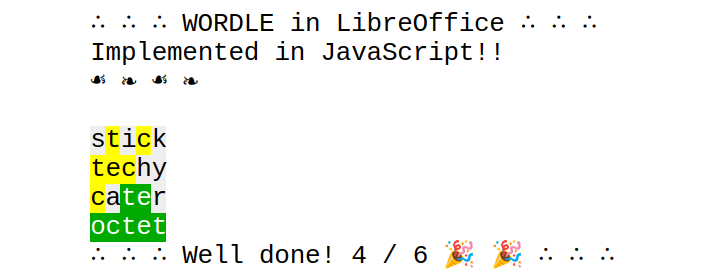This division of labor offers some clear advantages. Cora can make use of cutting-edge language models without spending vast amounts of money to build one itself. It also allows flexibility. To change how Cora filters messages, you don’t have to update its programming but instead modify the prompts that it sends to the third-party language model. In my Cora settings, I can read the exact instructions the control program sends to Google’s Gemini Flash model when asking it to assess a message:
Emails that require the user’s personal review must stay in the inbox; examples: reader replies, media/speaking opportunities, book-related collaborations, beta-reader requests, security/account changes, and technical notifications.
If I decided that “technical notifications” were no longer important, I could delete that example; if I decided that I wanted to read positive e-mail newsletters about the Washington Nationals baseball team, I could add a few words instructing Cora to send them through. (Unfortunately, at the moment, this instruction might not get much use.) “You can actually teach it new behaviors through conversation rather than having to change code,” Klaassen said.
But a dependence on commercial L.L.M.s also presents an obstacle: they weren’t trained on information specific to me, my job, or my professional preferences. For Cora to respond to John Doe’s brother, it would have to figure out all of the relevant information—who I am, who I know, how I think about these relationships, what I’m interested in, my preferences for meeting locations and times, my upcoming availability. Packing all of that into a prompt for the model—a prerequisite for getting a satisfactory reply—would be an astoundingly complex challenge.
In a 1966 book, “The Tacit Dimension,” the polymath Michael Polanyi argued that our decisions in life and work depend heavily on unstated context and implicit assumptions, which are unique to our own experiences. What Polanyi famously dubbed “tacit knowledge” is subtler and harder to articulate than we realize. “I shall reconsider human knowledge by starting from the fact that we can know more than we can tell,” he wrote. This is precisely why current A.I.-powered e-mail tools cannot reliably respond to all of our messages. Even though language models are fantastically knowledgeable about many things, they’re ignorant of the vast quantities of tacit knowledge woven into our lives and offices—preventing any commercial model from reliably figuring out whether to say “yes” to that coffee invitation. It doesn’t matter how smart we make our machines if we cannot describe to them exactly what we want.
It’s not necessarily bad news that A.I. tools are unlikely to automate e-mail anytime soon. A machine capable of consistently winning the inbox game is a machine that might put a lot of knowledge workers out of a job. But even given their current constraints, e-mail apps might still evolve past Cora and its ilk. Srinivas Rao, an independent A.I. developer, showed me a prototype of OrchestrateInbox, a new e-mail assistant that uses commercial language-model technology to eliminate the inbox altogether, offering the user an “intelligence briefing” about the content of their messages.
In the demo I saw, the briefing began with an “executive summary,” which noted (among other things) that Rao had “received multiple pitches from founders, publicists, and strategic advisors.” This was followed by a numbered list of individuals who needed a reply, accompanied by a one-sentence description of “What they want.” Someone named Seta Z., for example, was “offering a book for possible podcast coverage or review.” Instead of manipulating individual messages, users are supposed to interact with the tool using natural language, as one would with a chatbot. Perhaps I’d ask for more information on the book—and then, if I’m not interested, I could tell the tool to decline on my behalf. All of this transpires in something like a chat interface; the user never has to see the underlying messages.
Whether or not Rao’s particular vision spreads, there’s a bigger lesson here. Although A.I. e-mail tools will probably remain constrained by the tacit-knowledge problem, they can still have a profound impact on our relationship with a fundamental communication technology. Dan Shipper, the founder and C.E.O. of the company that produced Cora, told me that the telling question for our current moment is not “Do I do e-mail anymore?” but, rather, “How different does my e-mail look than it used to?” Recently, I returned from a four-day trip and opened my Cora-managed inbox. I found only twenty-four new e-mails waiting for my attention, every one of them relevant. I was still thrilled by this novel cleanliness. Soon, a new thought, tinged with some unease, crept in: This is great—but how could we make it better? I’m impatient for what comes next. ♦
.png)




